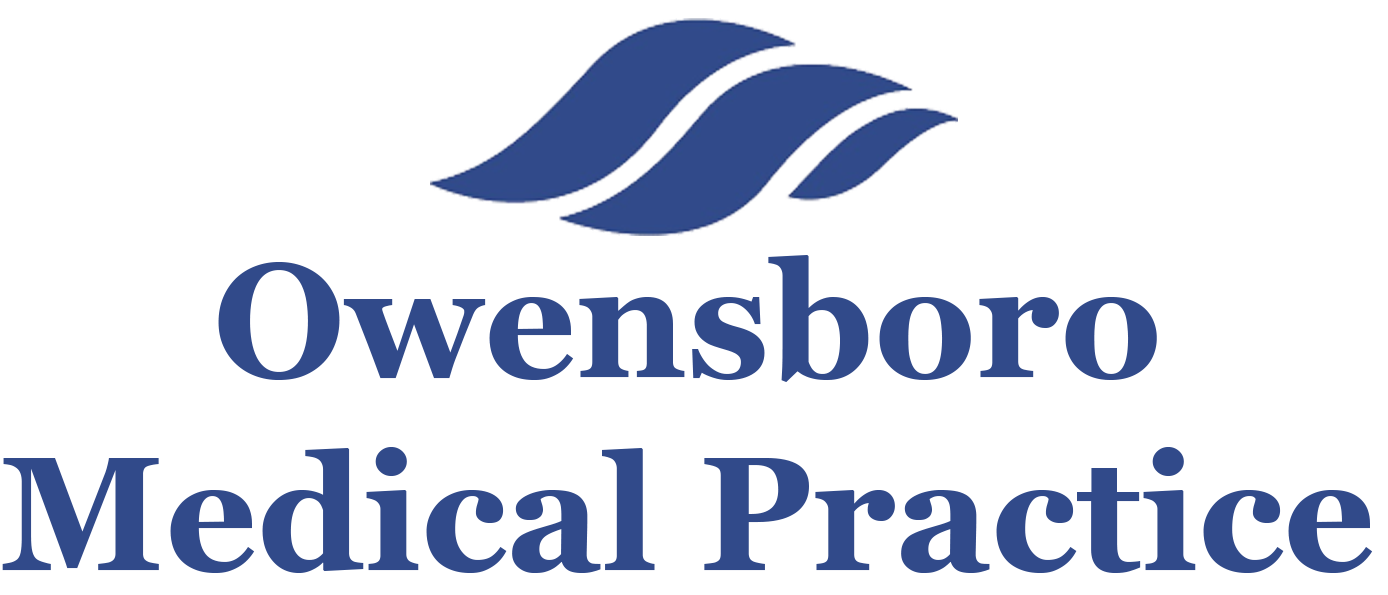Spider Veins
Are you one of millions who suffer from embarrassing spider veins?
What are spider veins?
Telangiectasia, commonly called spider veins, are web like networks of tiny red, blue or purple vessels that are seen commonly on legs or face. They are a very common problem that develop from a range of factors including age, heredity, lifestyle and diet. These unsightly blemishes can appear on several visible areas on your lower legs or face.
Spider veins are harmless and do not cause much pain but they are of cosmetic concern and may make someone self-conscious. Hence they need to be treated.
If you are looking to get rid of spider veins, Rejuve offers two treatment options.
Sclerotherapy
What is sclerotherapy?
This is the most popular method of eliminating superficial telangiectasias (“spider veins”) and small varicose veins. A solution called a sclerosing agent, either Polidocanol or Sotradecol, is injected into the veins with a very small needle.
Does sclerotherapy work for everyone?
The majority of patients who have sclerotherapy performed will achieve a vast improvement. Sclerotherapy never leads to one hundred percent perfection.
How many treatments will I need?
The number of treatments needed to clear or improve the condition differs from patient to patient, depending on the extent of spider veins present. One to six or more treatments may be needed; the average is three to four. Some areas may require one to three treatments.
VeinGogh
VeinGogh is among the newest technologies available for treating these benign vascular abnormalities.
How Does it work?
The VeinGogh Ohmic Thermolysis System generates a tiny, regulated, high frequency current delivered to the vessel via a hair-thin probe. A “microburst” of energy heats the vein, coagulating the blood and collapsing the vessel wall, which is absorbed into the body.
How long is a typical treatment?
Depending mainly upon the size of the area, treatments can range from about a minute for minor lesions and up to 20-25 minutes for a more extensive condition.
When will I see results?
Immediately. You will see continuous improvement over several weeks as the treated vessels are reabsorbed.
How many treatments are needed?
Generally, only one treatment is necessary. However, depending on the specific condition, a follow-up treatment may be necessary.
Will the veins come back?
Veins that have been properly treated should not return. However, new veins may develop over time and require treatment. Follow-up visits are recommended for “touch-ups.”
Does the treatment hurt?
Since the procedure uses a hair-thin probe inserted which is placed just above (and sometimes into) the vessel, there can be a “pinch”. Patients report it feels similar to hair being removed.
On what size vessels does VeinGogh work best?
VeinGogh works on spider veins up to 0.3 mm. VeinGogh is not designed to treat feeder vessels or larger vessels deep beneath the surface. For that we recommend Sclerotherapy.
Spider Veins are chronic and recurrent conditions. The varieties of treatments available do not offer a cure, but rather a control of the condition. Successfully treated veins cannot come back. However, your inborn tendency to develop new veins will not be cured by this or any other form of treatment. After treatment they may fade over several months but never completely go away. New spider veins may come back.
